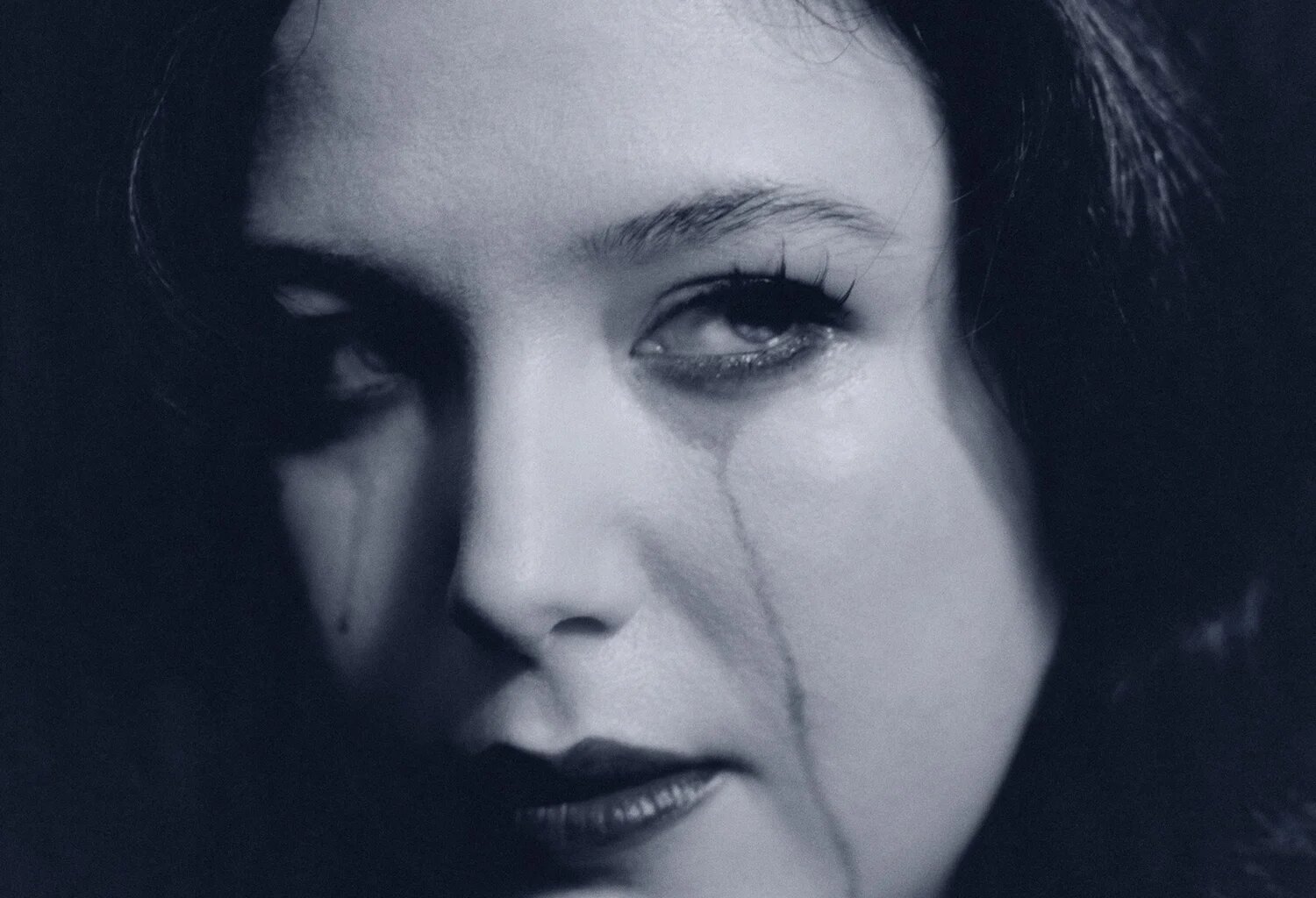Given all the change, it makes sense that Dacus’ approach to songwriting shifted a little bit around this time too: “A lot of my songs before this point are about other people, my relationships and my lens on things outside of myself,” she explains. “Whereas these songs are about what’s happening internally. I wrote them in the midst of confusing feelings, whereas historically, I’ve written about stuff years after it happened, once I’ve already processed it. That feels really different to me.”
Something else that feels different to Dacus – and that might feel different to fans, too – is that she was given space to luxuriate over Forever Is a Feeling in a way that she hadn’t experienced in the past. Inspired by love songs by artists ranging from Nina Simone to Father John Misty (she cites “Who Knows Where the Time Goes” and “I Went to the Store One Day” as equally influential – and it’s true that her music kind of feels like the perfect centre of a Venn diagram of the two), she collaborated with musicians including Melina Duterte of Jay Som and violinist and keyboardist Phoenix Rousiamanis. Rousiamanis’ work in particular, Dacus says, “helped cement the sonic identity of the record.
“I was so spoiled this time around,” she continues. “My first record took a day to make. The second one took a week, the third one took maybe about three weeks, and just with limited people. But this time, I would pick it up and put it down and ask myself, ‘Who’s the best for the job?’ Or I’d think, ‘This is good, but could it be better?’ And by ‘better’ I’d mean, like, closer to what’s in my head. It’s a nice feeling.”
The result of this longer process is a record which feels noticeably more rich and sonically layered than anything that has gone before, heavy with strings that echo the emotions being thought through in real time, taking them seriously and giving them space to be expressed in their sometimes contradictory fullness.

